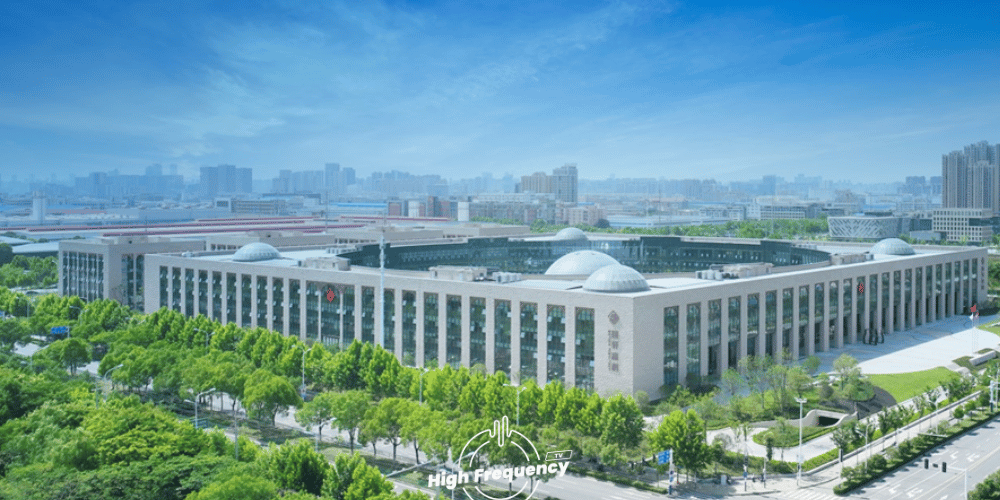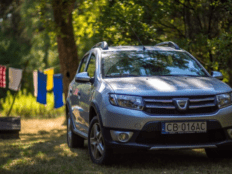With a planned capacity of 100 GWh and a total investment of MAD 65 billion, Gotion High-Tech’s first gigafactory will enable Morocco to establish itself as a leader in electric mobility in the Middle East & Africa region. Details of a project that surpasses the already implemented projects in the Kingdom.
A major investment involving the establishment of a complete industrial ecosystem for the manufacturing of electric batteries in Kenitra “has been in preparation for at least two years,” according to our information. The signing ceremony of the strategic investment agreement between the Chinese-European group Gotion High-Tech and the Moroccan state was presided over by the head of government on Thursday, June 6 in Rabat.
Indeed, the first memorandum of understanding was signed a year ago, but this investment had been in preparation for at least a year before this initial signing. “It has been more than two years since the Kingdom committed to this investment,” we are told.
After the signing of the aforementioned memorandum, the project was reviewed by a commission, where it was given strategic importance in terms of investment amount, employment, and sovereignty… This allowed the teams of the Ministry of Investments to engage in direct talks with the investor, involving several other government departments, namely Finance, Interior, Industry, Equipment and Water, Energy Transition, among others.
Ultimately a capacity of 100 GWh and a total investment of MAD 65 billion
Gotion High-Tech, a world leader, completes the entire value chain of the large electric mobility ecosystem, which is already well underway in Morocco with the CNGR and BTR projects. This project will contribute to consolidating Morocco’s position as a future hub of electric mobility, thanks to what has already been built with the royal vision, particularly around renewable energies.
In the first phase of the project, it involves an investment of MAD 12.8 billion, with a capacity of 20 GWh. But ultimately, the ambition is to reach 100 GWh, for a total investment amount of MAD 65 billion.
The group will develop LFP (lithium, iron, and phosphate) batteries, which are the least expensive. “If we want to make a competitive battery for vehicles, we choose LFP batteries to lower prices,” our sources tell us.
It is thus a very strong ambition, with a group whose one of the main shareholders is none other than Volkswagen.
The first groundbreaking is imminent
According to our information, the first groundbreaking for the construction of the Gotion High-Tech production plant is imminent, with commissioning expected in 24 months, during the third quarter of 2026.
The first phase of this project alone surpasses the Renault project. The final phase will be much more significant.
In terms of benefits, besides the planned employment, the government is counting on the creation of value for the state, for taxation, and in terms of currency in particular, as most of the production will be exported.
It is therefore one of the largest gigafactories in the Middle East & Africa region, establishing Morocco as a leader in electric mobility.
17,000 direct, indirect, and induced jobs
The government’s primary goal with this project is to create the entire value chain in the electric mobility sector, making it coherent and complementary. The ambition is also to establish itself as a regional hub around electric mobility, and for the entire ecosystem to generate employment.
A total of 17,000 direct, indirect, and induced jobs will be created, of which 2,300 will be highly qualified. Some will benefit from training, as part of a program initiated with the National Agency for the Promotion of Employment and Skills (ANAPEC). Gotion High-Tech will also come with its training program, as was the case with Renault and Stellantis in particular.
This project will also serve to retain employment. The automotive industry is indeed one of the most developed industries in Morocco. We are talking about 220,000 jobs in this sector that we cannot afford to lose. However, the country currently produces only thermal vehicles, while its largest customer, Europe, is switching to electric, posing a threat to this job pool.
The Kingdom is thus turning this threat into an opportunity. This project will therefore contribute to maintaining existing jobs and creating new ones.
The five main assets of the Kingdom
Faced with strong competition to attract such investments, what convinced the giant Gotion High-Tech to settle in Morocco? Our sources mention many factors. First, the country’s stability, thanks to the royal vision. This is what the government sells to investors to distinguish Morocco.
The second advantage is the youth of the population, which allows for job creation. The average age in Morocco is 29 years, compared to 40 years in some regions of Europe in particular. It is therefore a job pool for an industry that consumes them.
The third element concerns infrastructure. There are also free trade agreements which are one of the Kingdom’s assets. There are more than fifty, notably with the United States and Europe. These agreements therefore guarantee a substantial consumption and export market.
The last advantage, and not the least, concerns renewable energies. In the electric battery sector, everything must run on green energy, “and here too, thanks to the royal vision, we have renewable energy at competitive prices, even more than six times cheaper than elsewhere,” our sources assure us.
An R&D center will be developed as part of this project
In terms of technology, “when you set up a new company, with advanced technology, there is always a technology transfer.” The Kingdom will therefore be able to benefit from it. Additionally, an R&D center will be developed as part of this project.
It is also worth noting that this new ecosystem for the manufacturing of electric batteries will be developed in Kenitra, in a new industrial zone. The choice of this city was made by Gotion High-Tech, which wants to establish itself near student areas, particularly UM6P…
Finally, our sources tell us that this project is open to Moroccan investors, just like the CNGR project. “We will integrate as much Moroccan capital and know-how as possible.”
MEDIA24




Add comment